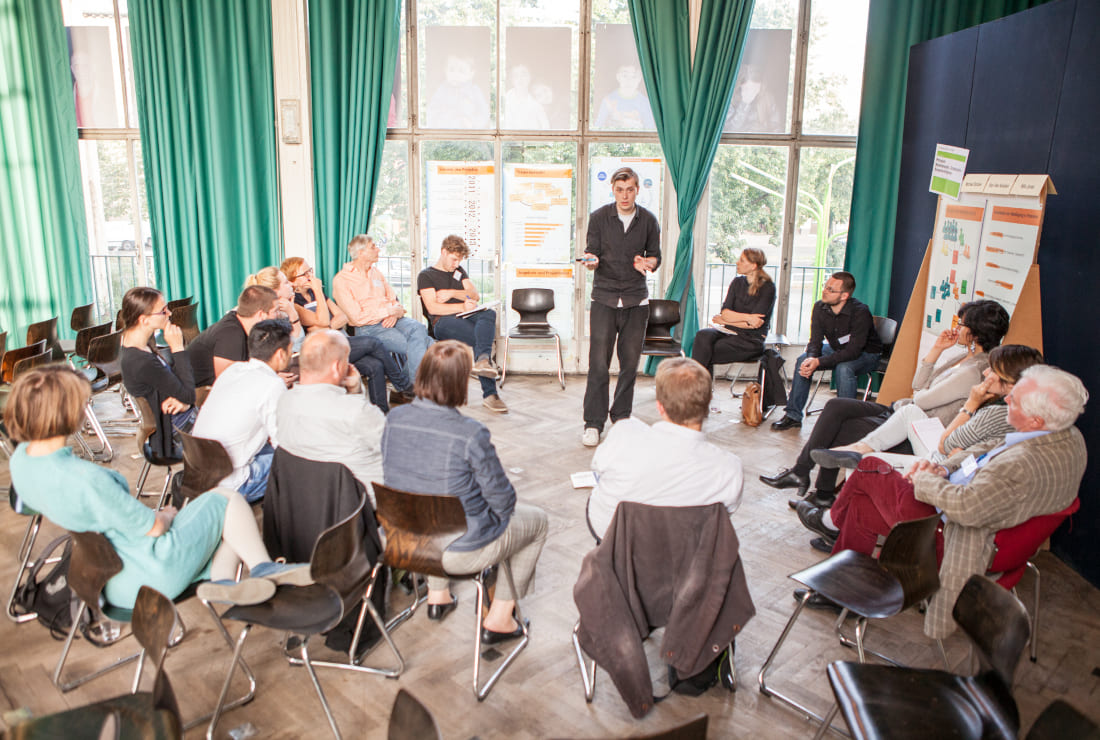
26 Feb Urban planning: suitable for everyday life & target group-oriented
In the past, urban planning was mainly adapted to the needs of working drivers without care responsibilities. This led to spatial separation of living and working places, as well as shopping facilities and sports and leisure activities.
Since the 1990s, Vienna has been striving for an urban planning that is oriented towards everyday life and target groups. It is a planning that should cover the needs and living realities of the population groups. This should create ‘facilitated’ conditions for everyday life, if possible for all.
Citizen participation an important planning instrument
Citizen participation is essential for this ‘socially sustainable planning’. Local people, e.g. from the district, turn out to be experts. They know what is missing where, what is needed and what is not. Further instruments of participation are inspections and surveys. As in participation processes, so also in juries for property development competitions, more attention must be paid to gender equality in the composition, but also to intercultural competences. This would raise the quality of the projects. By combining different methods, a detailed, comprehensive picture can be obtained.
Visibility of women is still a big issue here. When it comes to care work, it is mostly women who do unpaid work. For a long time it was not considered in the planning. Leisure time and gainful employment were planned for, but not the needs of those who do care work. The desire is, for example, that the workplace, home, care duties and other errands are as close together as possible and are well connected. This is in the spirit of the “city of short distances”.
The four-pillar principle
A jury checks new projects in advance for their everyday qualities with the help of a list of criteria. This is done on the basis of the four-pillar model: social sustainability, planning quality, ecology and costs. Nevertheless, many of the designs fail due to lack of funding.
Greening instead of parking spaces
Street space and the greening of the city remain major challenges for the future. A city that is free of parked cars and planted is supposed to be the future. Cars are heat elements tropical nights. Not everyone needs a car in a big city, sharing is the order of the day!
A city for women = a city for all
Women-friendly urban planning according to the guidelines of gender mainstreaming is urban planning for all. It benefits everyone if it is done well. Everyone benefits from these planning improvements, single parents, families with several children, children, elderly people and those who are limited in their mobility in any way.


